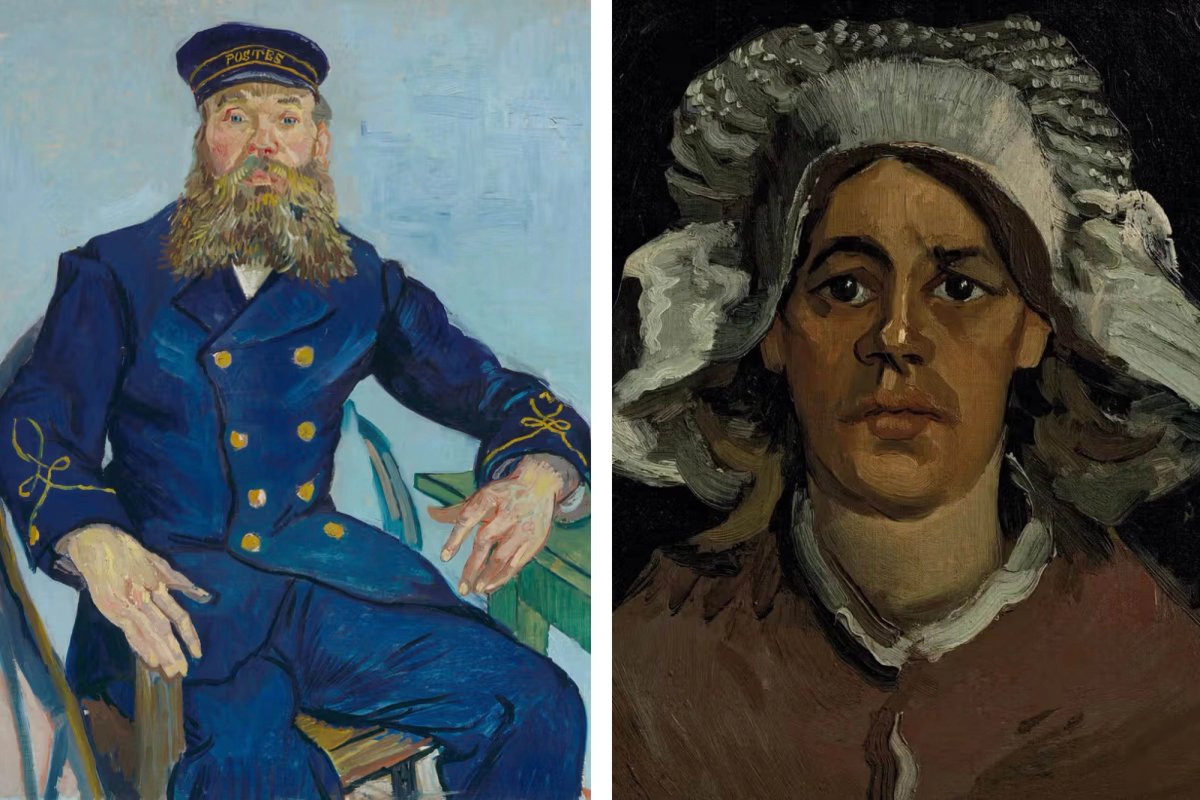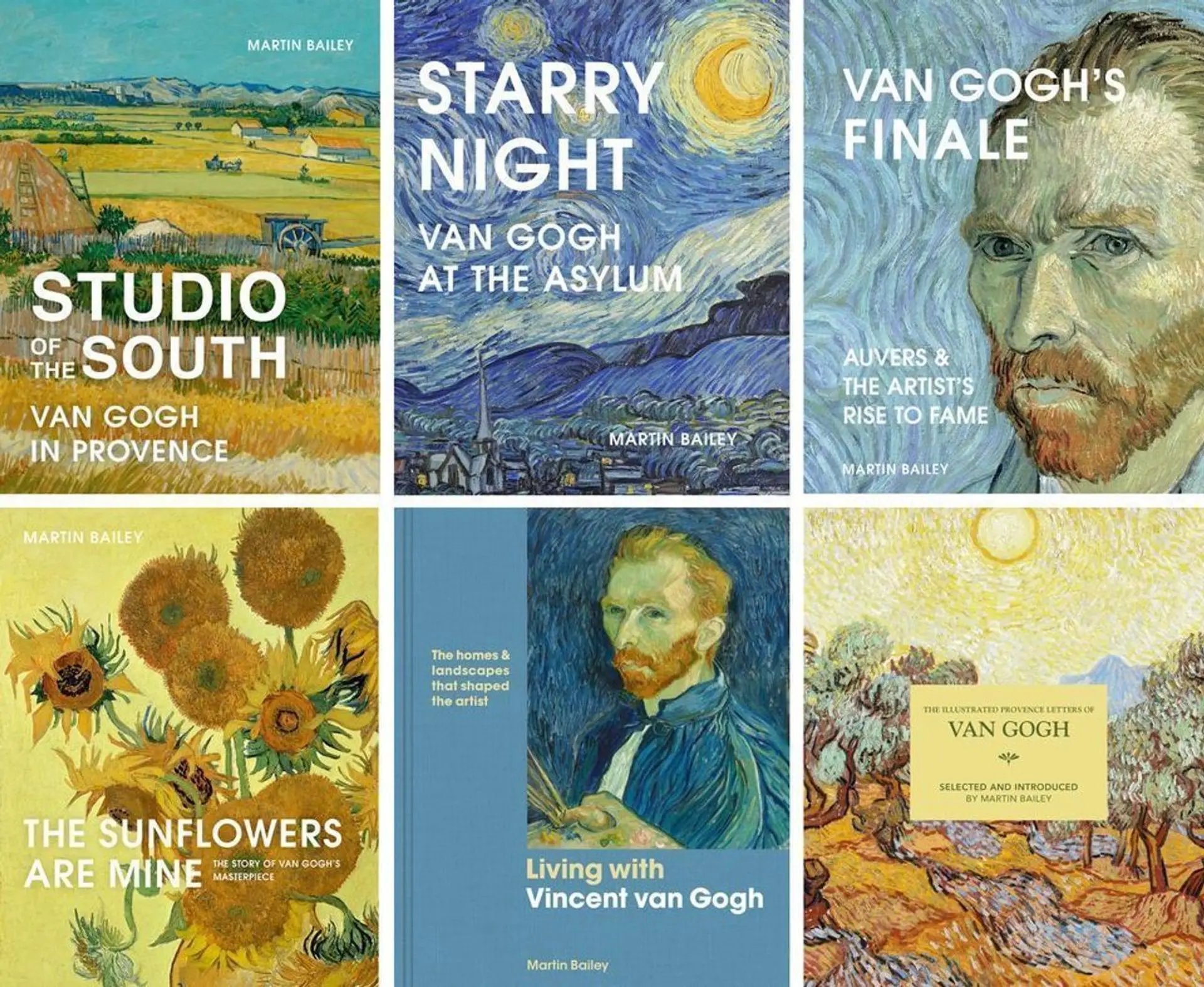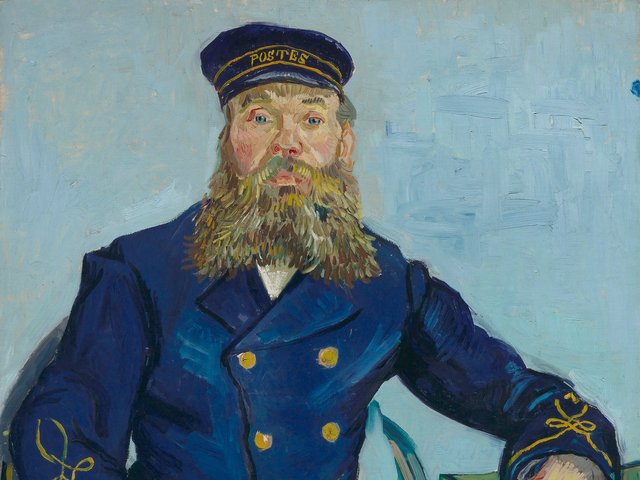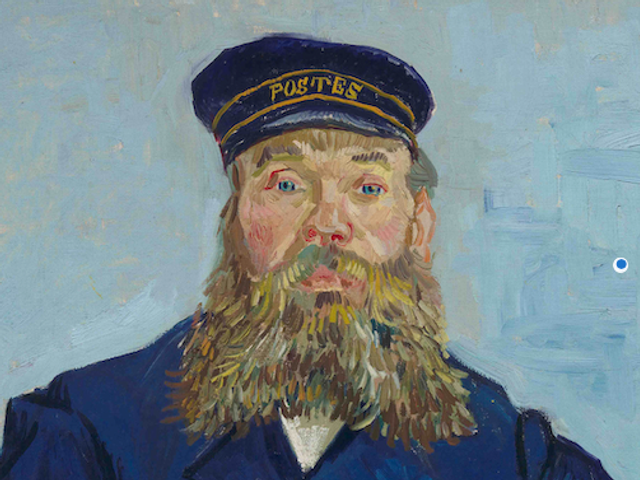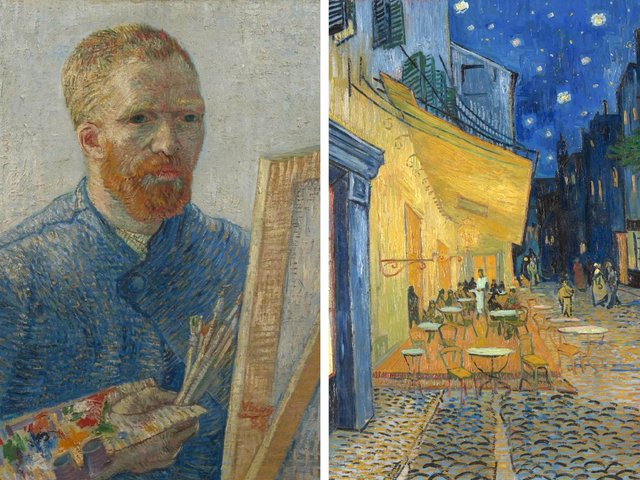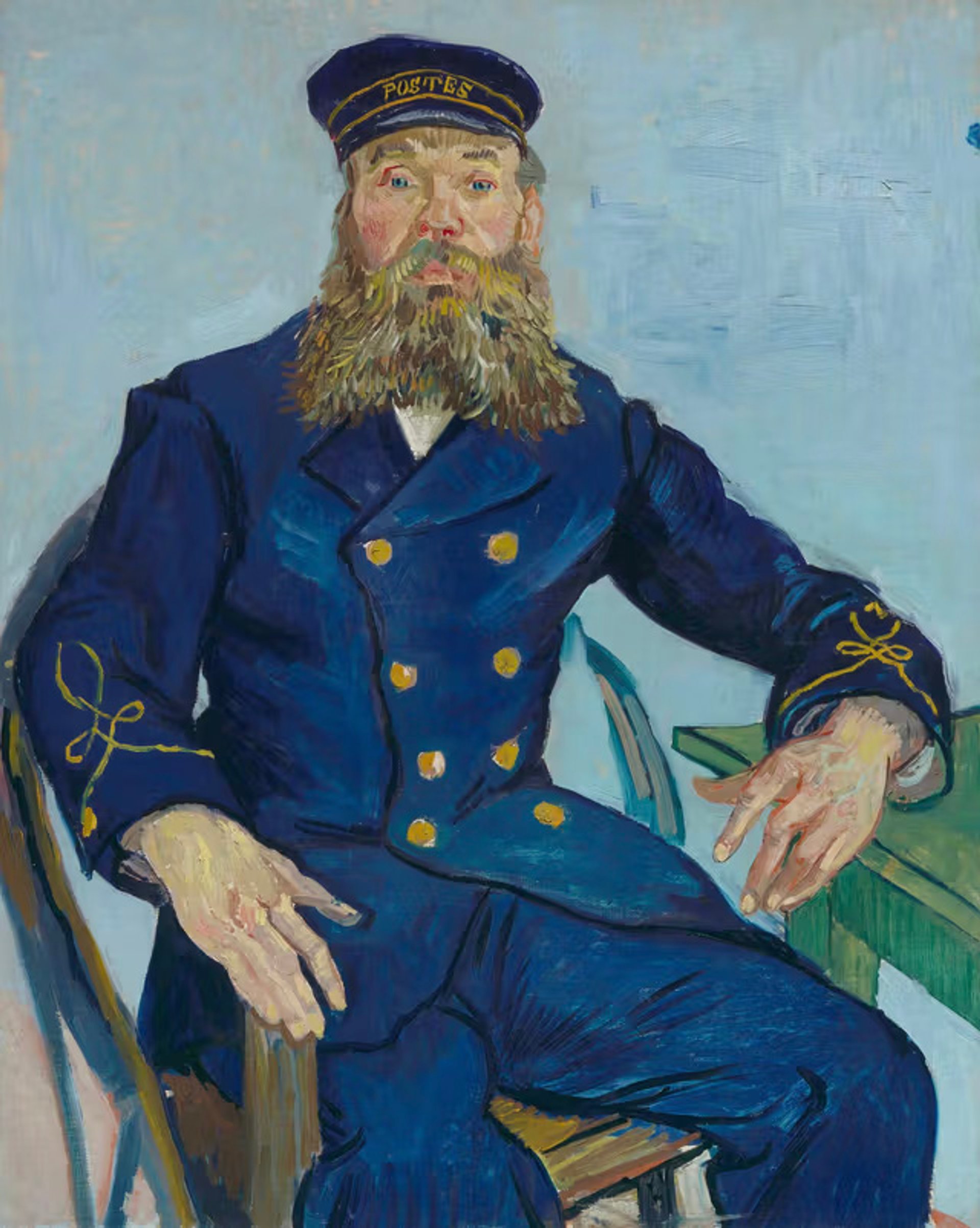
Van Gogh’s Postman Joseph Roulin (July-August 1888)
Museum of Fine Arts, Boston (gift of Robert Treat Paine 2nd)
The most revealing Van Gogh exhibition of the year will be Van Gogh: The Roulin Family Portraits, which opened at Boston’s Museum of Fine Arts (30 March-7 September) and then goes on to the Van Gogh Museum in Amsterdam (3 October-11 January 2026). Joseph Roulin, a postman, was Van Gogh’s closest friend in Arles. Vincent painted not only him, but also his wife Augustine and their three children.
Van Gogh and Roulin were drinking companions at the Café de la Gare, close to the artist’s Yellow House and the railway station, where the postman worked. It was Roulin who later supported Van Gogh during the difficult days after the Dutchman mutilated his ear. In Boston, 12 of the 26 painted family portraits will be reunited and in Amsterdam 15.
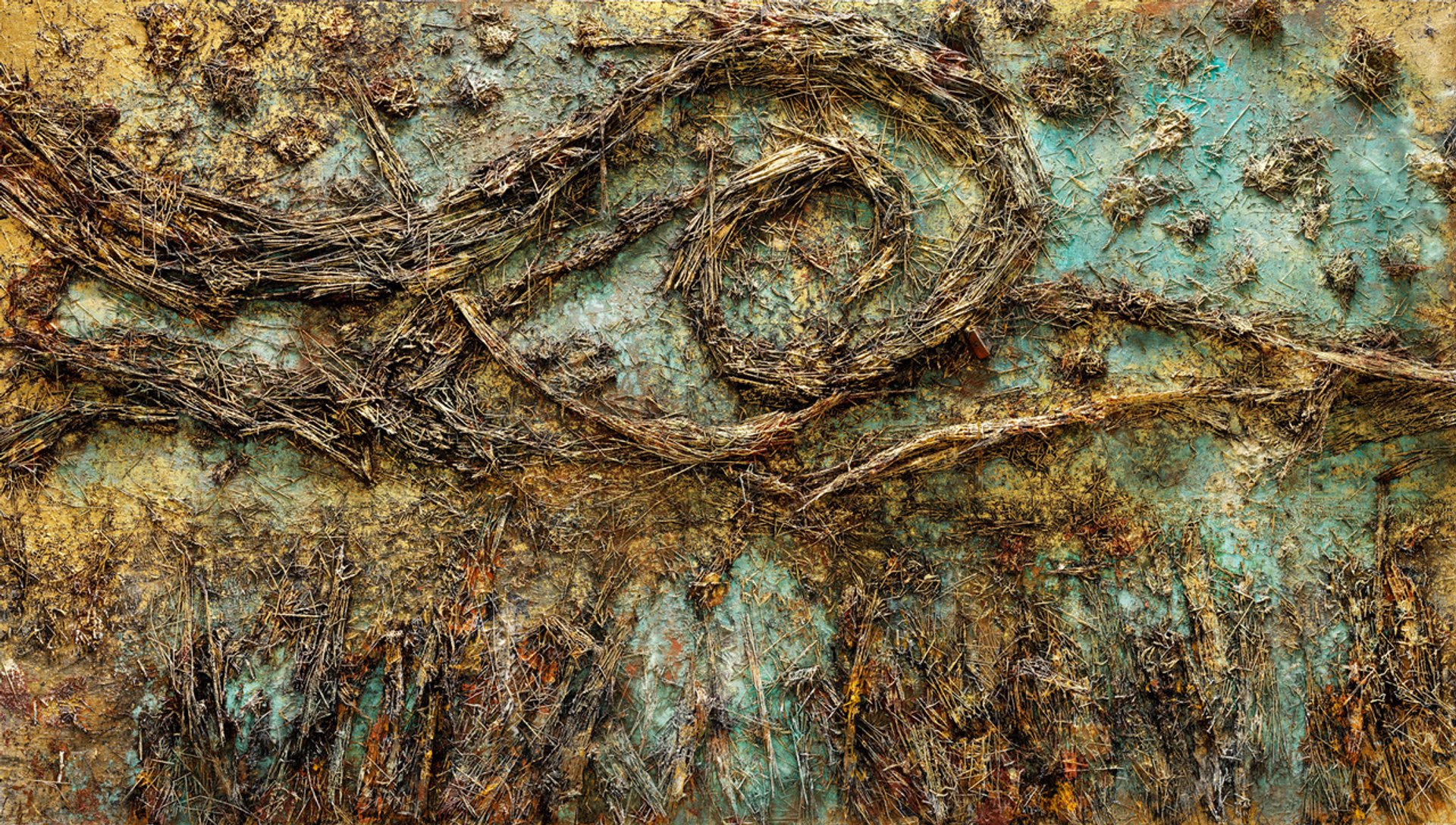
Anselm Kiefer’s The Starry Night (2019)
© Anselm Kiefer (photograph Georges Poncet)
The German artist Anselm Kiefer, who has been inspired by Van Gogh throughout his 60-year career, has his work shown alongside that of Vincent. The Kiefer-Van Gogh exhibition starts at the Van Gogh Museum (until 9 June) and then travels to London’s Royal Academy of Arts (28 June-26 October).
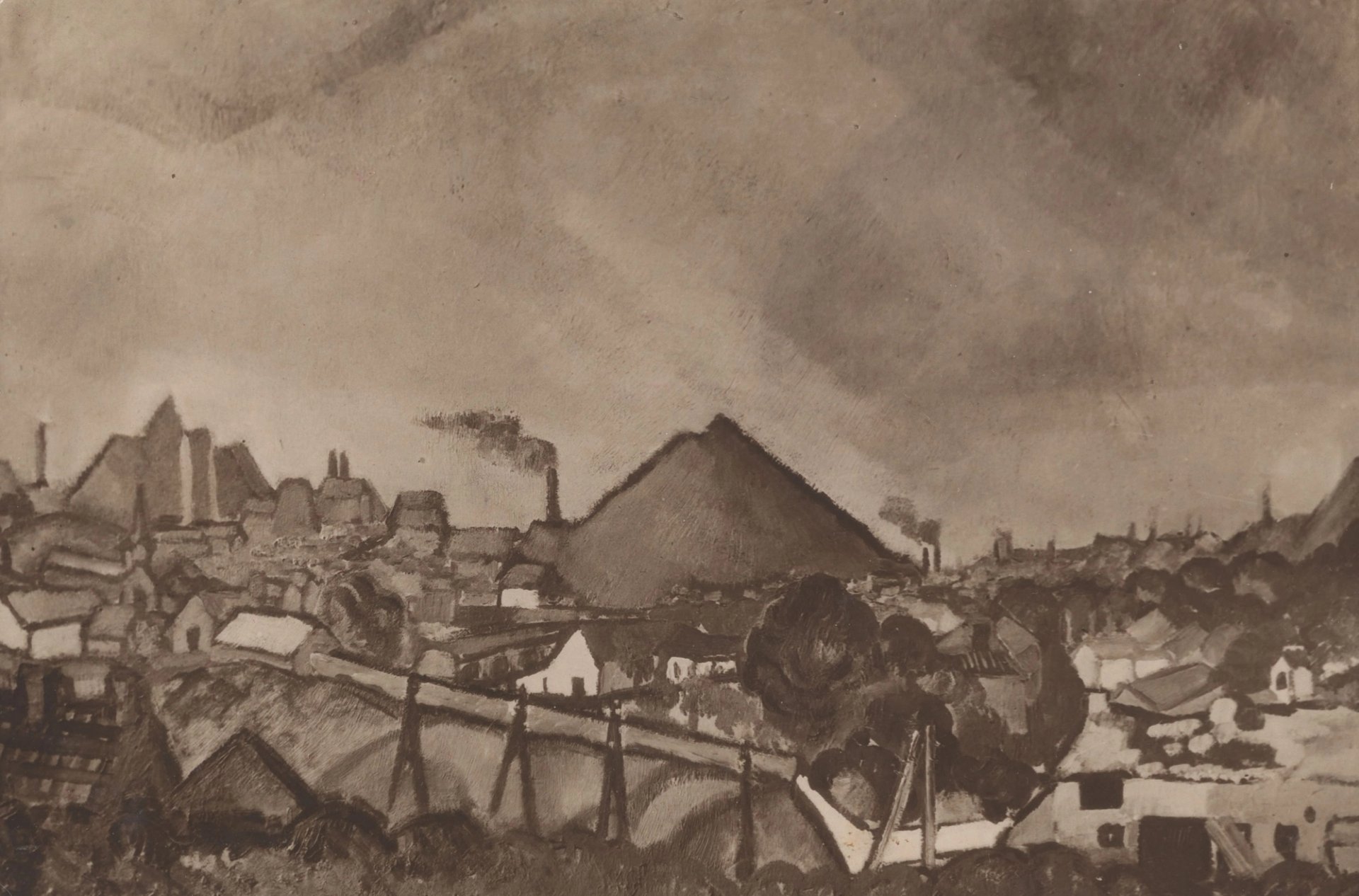
Charley Toorop’s Borinage Landscape (1922)
Photograph from Netherlands Institute for Art History, The Hague
Another exhibition charting Van Gogh’s artistic influence will be Charley Toorop: Love for Van Gogh (24 May-14 September) at the Kröller-Müller Museum in Otterlo, in the east of the Netherlands. In the early 1920s Charley Toorop was particularly inspired by her Dutch predecessor, as she followed in his footsteps to paint in the places where he had worked.
In preparation for the Otterlo show, the museum is trying to track down a few recorded Toorop works which are now lost, including Borinage Landscape (1922), which depicts the coal-mining region of southern Belgium where Van Gogh preached to the miners. We reproduce (above) an early photograph of the missing painting, which was last seen in an Amsterdam exhibition in 1923. Anyone with information on its whereabouts is asked to contact the Kröller-Müller.
For the main tourist season, the Van Gogh Museum will be presenting the show that has run during the past two summers: Choosing Vincent (27 June-31 August). It tells the story of the Van Gogh family and how they saved the artist’s collection.
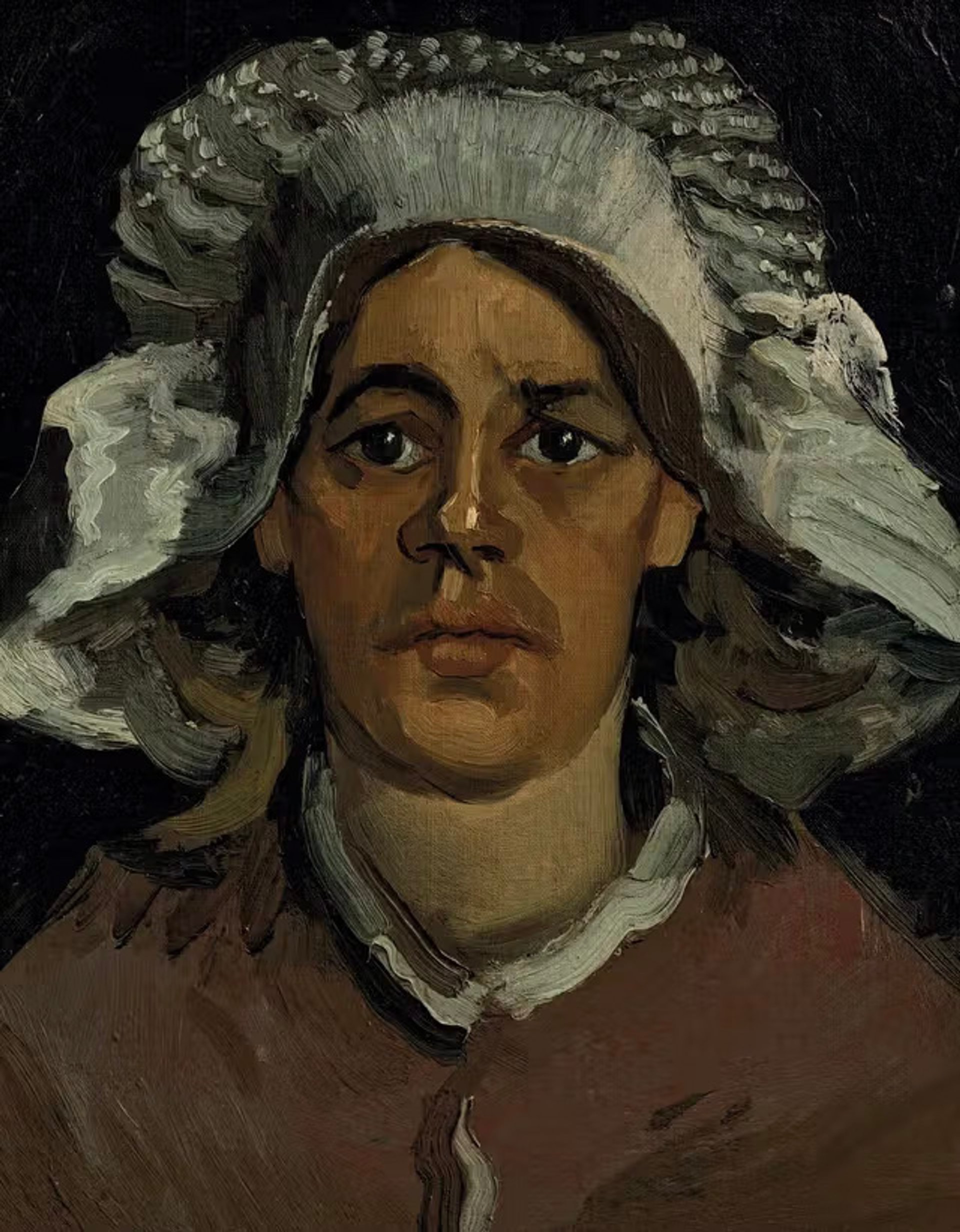
Van Gogh’s Head of a Woman (Gordina de Groot) (March-April 1885)
Noordbrabants Museum, s’Hertogenbosch (photograph Peter Cox)
Celebrating last October’s €9m acquisition of Head of a Woman (Gordina de Groot) (March-April 1885), the Noordbrabants Museum in s’Hertogenbosch (Den Bosch) is holding a modest exhibition entitled The Potato. The title refers to Van Gogh’s first masterpiece, The Potato Eaters (April-May 1885), which depicts a peasant family around their table in a simple hut, including his model Gordina. It has just been announced that the show will be delayed slightly, because of building work on the gallery, and the new dates are 4 October-1 February 2026.

Van Gogh House, Zundert
Van Gogh Brabant
Also in Brabant, the Van Gogh House in Zundert, the artist’s birthplace, will be holding a series of small-scale exhibitions: Kiefer (until 9 June), Potatoes (28 June-2 November) and Van Gogh’s stay in Antwerp (22 November-March 2026).
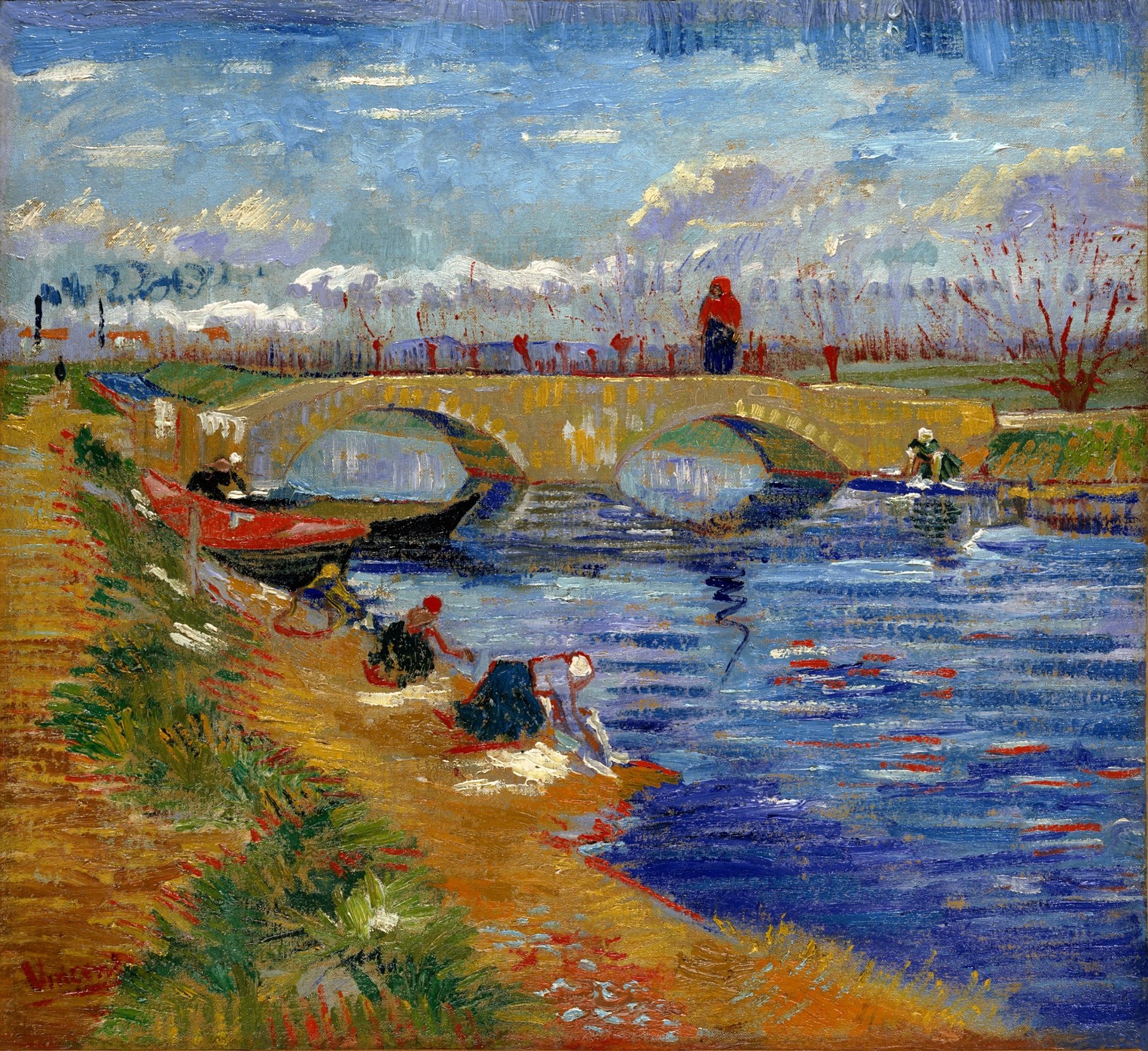
Van Gogh’s Gleize Bridge over the Vigueirat Canal ( March 1888)
Pola Museum, Hakone
But it is Japan which will have the most Van Gogh exhibitions this year. The Pola Museum, in Hakone (100 km west of Tokyo), has just announced their show: The Impact of Van Gogh: A Renewal of Passion (31 May-30 November). Although it will have a limited number of Van Goghs (three from the Pola collection and several more from other Japanese lenders), the emphasis will be on the Dutchman’s influence on later artists from Japan.
Very much larger, in terms of the number of Van Gogh works, will be Van Gogh’s Home: the Van Gogh Museum, the Painter’s Legacy, The Family Collection, the Ongoing Story. It opens at the Osaka City Museum of Fine Arts (5 July-31 August) and then goes to Tokyo’s Metropolitan Art Museum (12 September–21 December) and the Aichi Prefectural Museum of Art in Nagoya (tentatively 3 January–23 March 2026). It will be based on loans from the Van Gogh Museum.
The Grand Van Gogh Exhibition, with works from the Kröller-Müller, starts at the Kobe City Museum (20 September-1 February 2026) and will tour to the Fukushima Prefectural Museum of Art (21 February 2026-10 May 2026) and Tokyo’s Ueno Royal Museum (29 May 2026-August 12 2026). Japan’s Van Gogh lovers will certainly be well served this year.
REVISED: Originally published on 11 January 2025, this blog post was updated on 2 April with new exhibition information.


